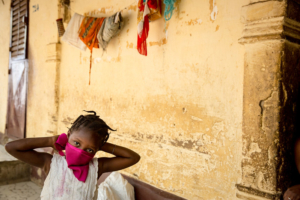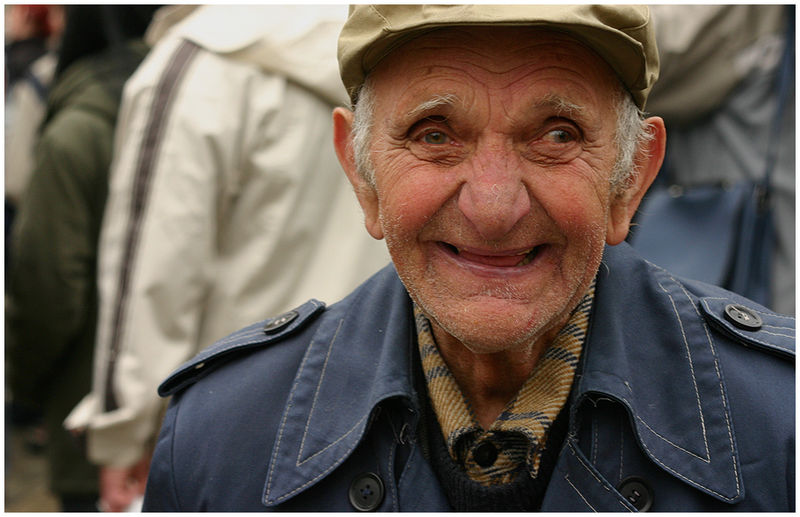 As the COVID-19 pandemic has swept across the world, no area of life has been left untouched. From millions of people working remotely to the severe curtailing of international travel, COVID-19 and its impacts are inescapable. One area of work in particular has been impacted. In many ways, COVID-19 disrupts volunteer work around the world. Efforts to fight the pandemic have been absorbing much of the global community’s attention and resources. However, the global community is now in danger of neglecting some of the most essential and under-appreciated workers in the word: volunteers. As wallets tighten due to the economic impact of the coronavirus, volunteerism may experience harsh cutbacks.
As the COVID-19 pandemic has swept across the world, no area of life has been left untouched. From millions of people working remotely to the severe curtailing of international travel, COVID-19 and its impacts are inescapable. One area of work in particular has been impacted. In many ways, COVID-19 disrupts volunteer work around the world. Efforts to fight the pandemic have been absorbing much of the global community’s attention and resources. However, the global community is now in danger of neglecting some of the most essential and under-appreciated workers in the word: volunteers. As wallets tighten due to the economic impact of the coronavirus, volunteerism may experience harsh cutbacks.
In some cases, volunteer organizations are finding that their previous model of activity, usually focused around bringing people together, is no longer possible due to social distancing requirements. This has sparked creative and thoughtful solutions about how to serve people who most need help without further endangering their health, overcoming the ways in which COVID-19 disrupts volunteer work.
Who Are the Volunteers?
While these solutions are helpful, there is another problem that is more difficult to confront: the general decline in volunteers. American senior citizens volunteer at a rate of 23.9%, as opposed to the 18.8% of people in their early 20s who volunteer. This rate is consistent in other countries, such as in Northern Ireland, where an estimated 25% of volunteers are over 65, and in France, where the vast majority of regular volunteers are over the age of 55. CDC data shows that COVID-19 becomes far more deadly as people age, with hospitalizations per 100,000 increasing exponentially past the age of 50. Regardless of creative solutions, the essence of volunteer work requires close contact between volunteers and the people they are trying to serve. Thus, the crisis in volunteerism becomes evident: older people are the majority of volunteers but are also those most vulnerable to the coronavirus. Consequently, COVID-19 disrupts volunteer work.
A Local Impact
Ms. Violaine Motte, a volunteer at the Église de la Sainte Trinité, understands how COVID-19 has disrupted volunteer work. The Parisian church distributes food four times a week to any who ask. Motte, who has worked with the church for six years, says that they have been distributing food for over 30 years.
The church sees a large variety of visitors seeking help, from workmen who cannot afford local prices to homeless people to retired people living on a fixed income. In the time of quarantine and social distancing, people coming from such diverse and varied backgrounds present a danger of infection. It is impossible to control or even fully know their movements and contacts. This is a particularly relevant risk for the volunteers at the Trinité church, as they fit the global trend of volunteers. Ms. Motte says that, before the pandemic, volunteers “were getting quite old because the average of the ladies coming is more or less 70 years old.” This creates a serious risk for volunteers at the church, who are thus unable to help while protecting themselves from infection.
As a result, COVID-19 disrupts volunteer work at the church. “The day of the confinement, due to the fact that we have old people in the volunteers, they were no longer allowed to come,” Motte says. “They’re too old; it’s a risky population. The priest decided not to have them anymore preparing the meal or serving the food.” Furthermore, Motte says that as a result of the new rules, the group was forced to take its operation out of the church and into the street, as well as drastically reduce the size of the team preparing food.
In addition, COVID-19 disrupts volunteer work through forced quarantine, which impacts many elderly volunteers. “For the old volunteers, it’s something very sad because they were told not to come anymore. In my point of view, the service is very important for the people who receive the service, but also for the people doing the service,” said Motte. “A big part of them are people living alone, and to come to the church and prepare food for others is a way to be inside their lives.” As the church moves forward in its activities, it remains unclear what can be done to ensure the participation of older volunteers.
This is a problem for the church, as they find it difficult to attract new volunteers. Motte says, “Since I’ve worked there, it’s still quite the same volunteers.” As a result, while older volunteers have been compelled to stay home, there hasn’t been anybody coming to take their place. Motte is frank about the challenges the church faces as a result of the coronavirus: “Now the rules are totally changing, and we don’t know what’s going on in September.”
However, Motte is equally frank about what needs to be done in order to ensure that this important work continues, despite the ways in which COVID-19 disrupts volunteer work: “Encourage more young people to volunteer.”
– Franklin Nossiter
Photo: Wikimedia Commons
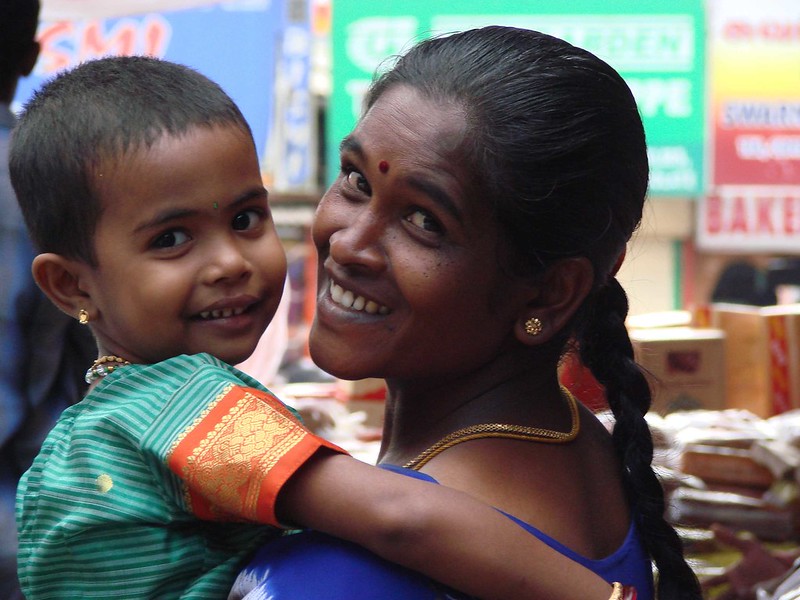 The South Indian coastal state of Kerala has a population of over 35 million people and a large expatriate population. The state reported its first COVID-19 case in January 2020. Kerala’s response to COVID-19 included
The South Indian coastal state of Kerala has a population of over 35 million people and a large expatriate population. The state reported its first COVID-19 case in January 2020. Kerala’s response to COVID-19 included 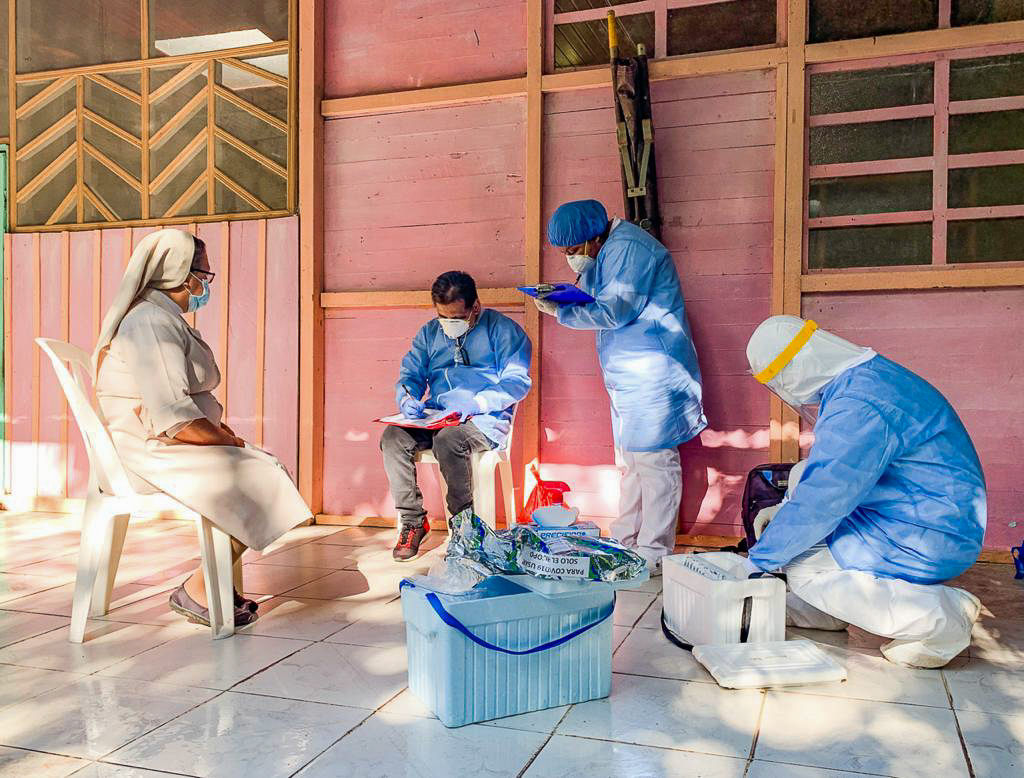
 Of all households in Venezuela, 35% depend on financial support from family members working overseas. According to local economic researcher Asdrúbal Oliveros, remittances to Venezuela will suffer a heavy blow as a result of the COVID-19 pandemic and its severe effect on the global economy. With an estimated $2 billion decrease in remittances, the health of millions of Venezuelans is in serious danger due to the combined effects of COVID-19 and the Venezuelan Crisis.
Of all households in Venezuela, 35% depend on financial support from family members working overseas. According to local economic researcher Asdrúbal Oliveros, remittances to Venezuela will suffer a heavy blow as a result of the COVID-19 pandemic and its severe effect on the global economy. With an estimated $2 billion decrease in remittances, the health of millions of Venezuelans is in serious danger due to the combined effects of COVID-19 and the Venezuelan Crisis. Paraguay is a landlocked country in South America surrounded by Bolivia, Brazil and Argentina. As many South American nations grapple with the spread of the coronavirus, Paraguay appears to have control of the disease. In total, the country has only had a few dozen deaths from the disease. Here are five facts about Paraguay’s COVID-19 response efforts.
Paraguay is a landlocked country in South America surrounded by Bolivia, Brazil and Argentina. As many South American nations grapple with the spread of the coronavirus, Paraguay appears to have control of the disease. In total, the country has only had a few dozen deaths from the disease. Here are five facts about Paraguay’s COVID-19 response efforts. Makeup brands are generally known for their aesthetically pleasing cosmetics and the confidence they provide their consumers. However, what is less well known is that many makeup brands are actively creating initiatives to help those in need. Most recently, many of these companies have spearheaded relief efforts to ease the impacts of the global pandemic. Here are five popular beauty brands making a difference amidst COVID-19.
Makeup brands are generally known for their aesthetically pleasing cosmetics and the confidence they provide their consumers. However, what is less well known is that many makeup brands are actively creating initiatives to help those in need. Most recently, many of these companies have spearheaded relief efforts to ease the impacts of the global pandemic. Here are five popular beauty brands making a difference amidst COVID-19.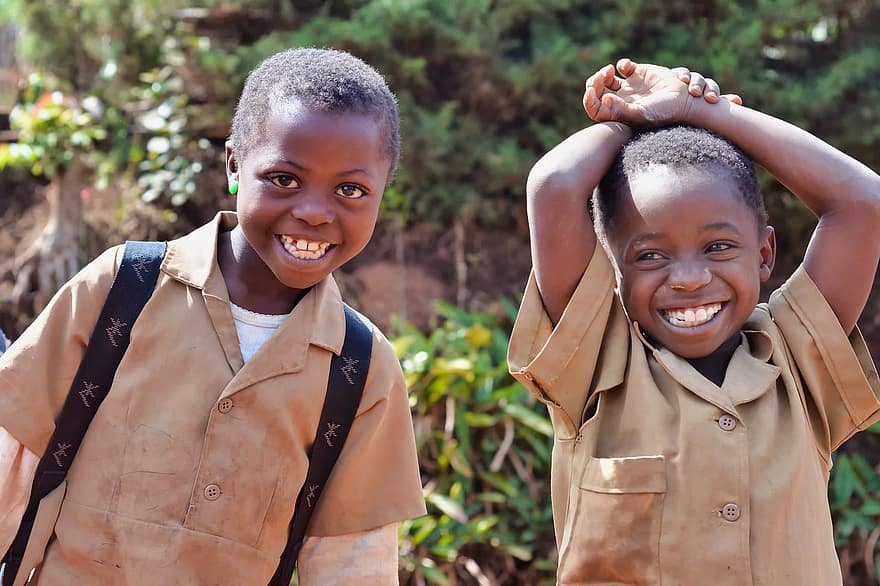 Chronic poverty is a situation where groups are stuck in a cycle of poverty for multiple generations. Oftentimes, this occurs because living in poverty tends to induce trauma, making it more challenging to break from one’s socioeconomic status. People living in poverty are more likely to be bullied, demoralized and isolated. The long-term impacts are extremely detrimental, resulting in the oppression of communities, the increase in already large educational gaps and in the
Chronic poverty is a situation where groups are stuck in a cycle of poverty for multiple generations. Oftentimes, this occurs because living in poverty tends to induce trauma, making it more challenging to break from one’s socioeconomic status. People living in poverty are more likely to be bullied, demoralized and isolated. The long-term impacts are extremely detrimental, resulting in the oppression of communities, the increase in already large educational gaps and in the 
